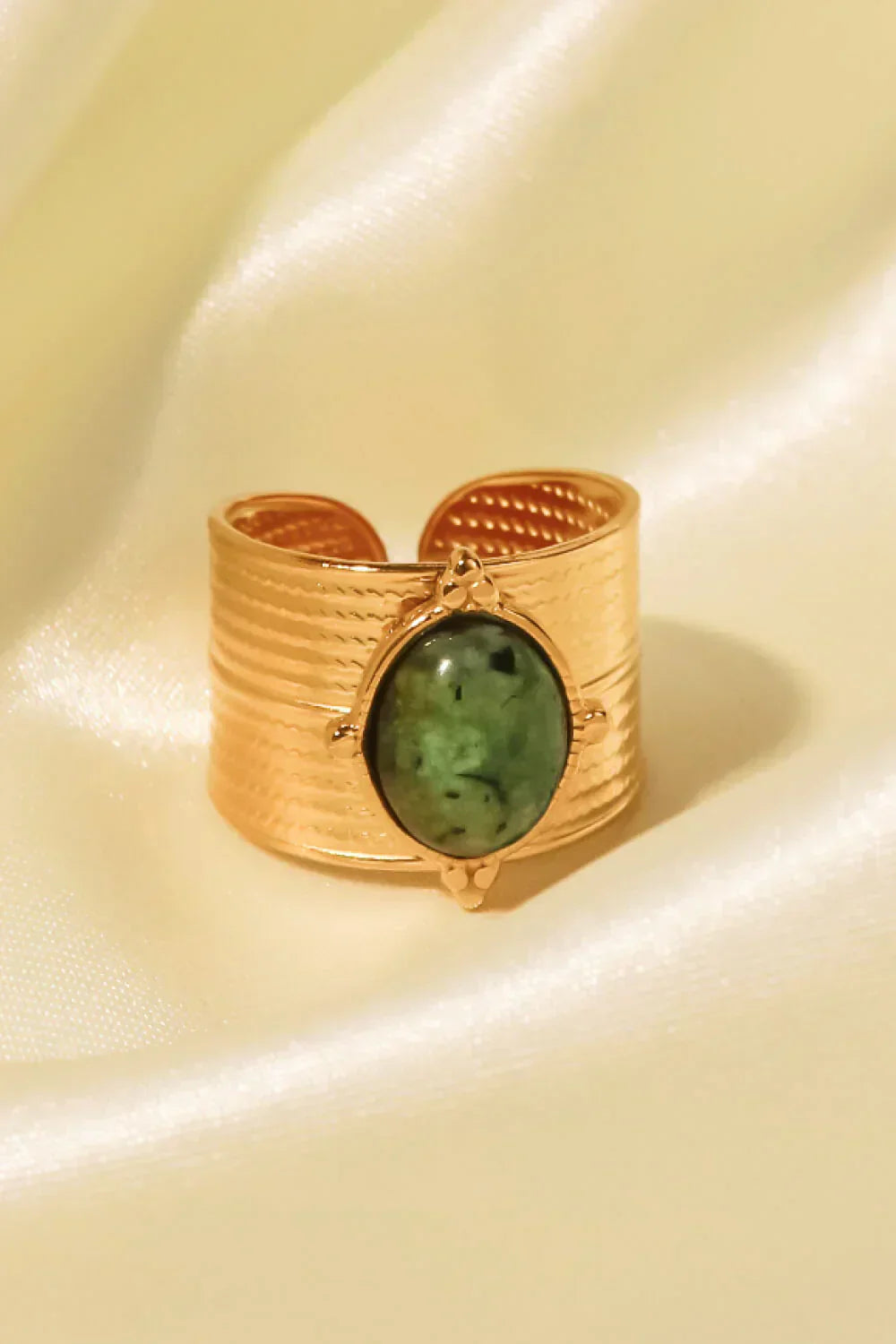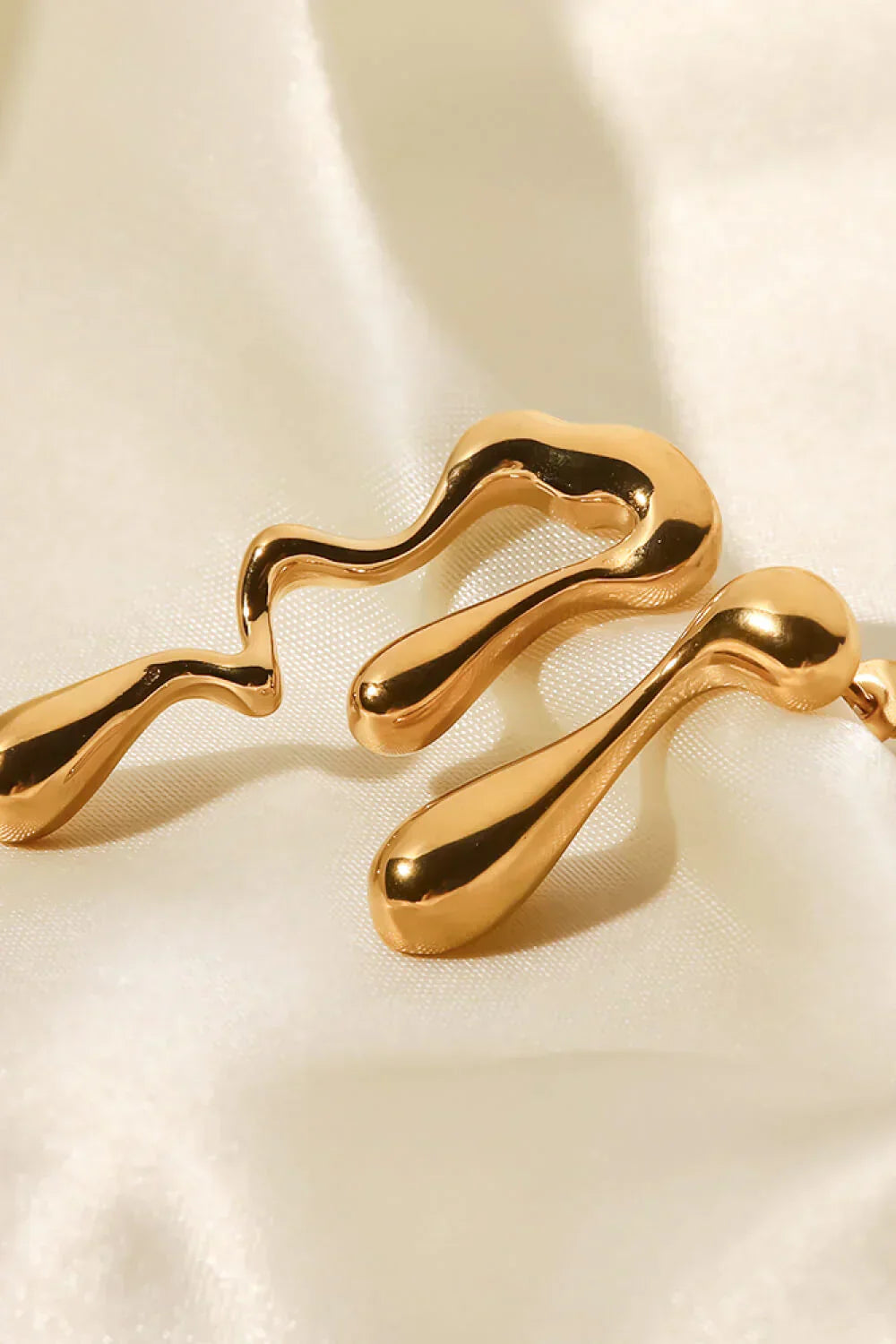Article: The Transformative Power of Jewelry: How Adornments Positively Impact Women's Lives

The Transformative Power of Jewelry: How Adornments Positively Impact Women's Lives
For centuries, jewelry has transcended its role as mere decoration to become a profound expression of identity, culture, and personal empowerment. From ancient civilizations to modern fashion runways, women have adorned themselves with precious metals and gemstones not just for beauty, but as a means of storytelling, self-affirmation, and emotional connection. A simple gold band can symbolize eternal love, a family heirloom can carry generations of history, and a bold statement necklace can project confidence in a boardroom. The impact of jewelry extends far beyond aesthetics—it influences psychology, social interactions, cultural traditions, and even physical well-being.
This article explores the multifaceted ways in which jewelry enhances women’s lives, weaving together historical significance, emotional resonance, and contemporary relevance. Whether it’s the quiet confidence from a pair of pearl earrings or the empowering weight of a chunky silver cuff, jewelry has an undeniable ability to transform how women see themselves and how the world sees them.
1. Psychological and Emotional Benefits of Jewelry
Jewelry serves as more than just an accessory—it acts as a psychological anchor, reinforcing self-worth and emotional stability. Many women describe the act of putting on a favorite piece as a ritual that prepares them to face the day with confidence. A study in the Journal of Fashion Marketing and Management found that individuals who wore jewelry they loved reported higher levels of self-assurance in social and professional settings. This boost isn’t merely superficial; it stems from the way jewelry interacts with personal identity.
The emotional connection to jewelry is often deeply personal. A locket containing a loved one’s photograph, an engagement ring symbolizing commitment, or a bracelet gifted by a best friend all carry emotional weight that transcends their material value. These pieces become talismans of memory, comfort, and resilience. For women navigating difficult transitions—whether grief, career changes, or personal growth—jewelry can serve as a tangible reminder of strength and continuity.
Additionally, the colors and textures of jewelry can influence mood. The vibrant energy of a ruby, the calming presence of a sapphire, or the earthy warmth of amber can subtly shift emotions. Even those who don’t believe in crystal healing often find that wearing certain stones makes them feel more centered, energized, or protected. This psychological effect, whether placebo or metaphysical, demonstrates jewelry’s power as an emotional regulator.
2. Social and Cultural Significance of Jewelry

Throughout history, jewelry has functioned as a silent language, communicating social status, cultural belonging, and personal milestones. In many societies, jewelry is inseparable from tradition. Indian brides, for example, wear elaborate gold sets not just for beauty but as symbols of prosperity and marital blessings. The Maasai women of East Africa adorn themselves with intricate beadwork that signifies age, social rank, and community ties. Even in Western cultures, engagement rings and graduation charms mark pivotal life moments.
Jewelry also plays a crucial role in social bonding. A striking necklace or an unusual ring frequently invites compliments and conversations, serving as an icebreaker in new environments. Shared jewelry—such as matching bracelets among friends or family crest rings—strengthens interpersonal connections. In professional settings, the right jewelry can signal competence and attention to detail. A sleek watch or understated diamond studs convey professionalism, while bold pieces can establish a memorable personal brand.
Beyond individual interactions, jewelry preserves cultural heritage. Handcrafted pieces passed down through generations carry ancestral stories, craftsmanship techniques, and regional artistry. When women wear heirloom jewelry, they don’t just honor their lineage—they keep traditions alive in an ever-globalizing world.
3. Health and Wellness Benefits of Wearing Jewelry
While jewelry is often associated with aesthetics, its influence on well-being is frequently overlooked. Certain metals and gemstones have long been linked to health benefits in alternative medicine. Copper bracelets, for instance, are believed by some to alleviate arthritis pain, though scientific consensus remains divided. Magnetic jewelry is another popular wellness trend, with wearers reporting improved circulation and reduced muscle tension.
Beyond physical effects, jewelry can promote mental wellness. The ritual of selecting and wearing meaningful pieces fosters mindfulness—a simple act of self-care in a fast-paced world. For women dealing with anxiety, tactile jewelry like worry rings or prayer beads provides a grounding mechanism. Birthstone jewelry, tied to astrological and spiritual beliefs, can offer a sense of protection and alignment with cosmic energies.
Even the weight and texture of jewelry can be therapeutic. The gentle pressure of a cuff bracelet or the cool touch of silver against the skin can have a soothing effect, much like a stress-relief object. In this way, jewelry becomes more than decoration; it transforms into a tool for emotional regulation and holistic well-being.
4. Professional and Career Advantages of Jewelry
In the corporate world, jewelry functions as a non-verbal communicator of authority and sophistication. Studies in workplace psychology suggest that professionals who wear tasteful, high-quality accessories are often perceived as more competent and detail-oriented. A classic pearl necklace or a sleek metal watch can elevate a business outfit, signaling professionalism without overt flashiness.
For women in leadership roles, jewelry can be a subtle yet powerful assertion of confidence. A statement ring or a structured brooch commands attention in meetings, while minimalist designs maintain an air of understated elegance. Many female executives develop a "signature jewelry" style—whether it’s Audrey Hepburn’s iconic pearls or Angela Merkel’s distinctive brooches—to cultivate a recognizable and respected personal brand.
Jewelry also plays a role in networking. Unique or conversation-worthy pieces can serve as talking points, making interactions more memorable. In creative industries, bold jewelry choices can reflect innovation and artistic sensibility, while in conservative fields, timeless pieces convey reliability and tradition.
5. Financial and Long-Term Benefits of Jewelry

Unlike fast-fashion accessories that quickly lose value, fine jewelry is an enduring investment. Precious metals like gold and platinum historically retain worth, often appreciating over time. Rare gemstones, vintage pieces, and designer jewelry can become valuable assets, sometimes outperforming traditional investments during economic fluctuations.
Heirloom jewelry carries both sentimental and financial significance. A grandmother’s diamond ring or a vintage Art Deco bracelet isn’t just a beautiful object—it’s a piece of history that gains value with age. Many families use jewelry as a form of generational wealth, passing down pieces that serve as both emotional keepsakes and financial safety nets.
Additionally, the shift toward sustainable fashion has made jewelry an ethical choice. Unlike disposable accessories, well-crafted jewelry lasts for decades. Vintage and upcycled pieces reduce environmental waste, while ethically sourced gems support fair labor practices. Investing in quality jewelry aligns with conscious consumerism, offering beauty without the guilt of fast fashion’s environmental toll.
Conclusion: The Enduring Legacy of Jewelry in Women's Lives
Jewelry is far more than decorative metal and stones—it is a medium of self-expression, a repository of memory, and a tool for empowerment. From the psychological confidence it instills to the cultural narratives it preserves, jewelry occupies a unique space in women’s lives. It marks milestones, soothes anxieties, enhances professional presence, and even serves as a wise financial investment.
In a world where women constantly navigate shifting roles and expectations, jewelry remains a constant—a way to assert identity, celebrate achievements, and carry personal history. Whether it’s a delicate chain worn daily or a dazzling heirloom saved for special occasions, each piece tells a story. And in wearing them, women continue a timeless tradition of adorning not just their bodies, but their lives, with meaning.
What piece of jewelry holds the most meaning for you? Share your story in the comments—we’d love to hear how jewelry has touched your life.


